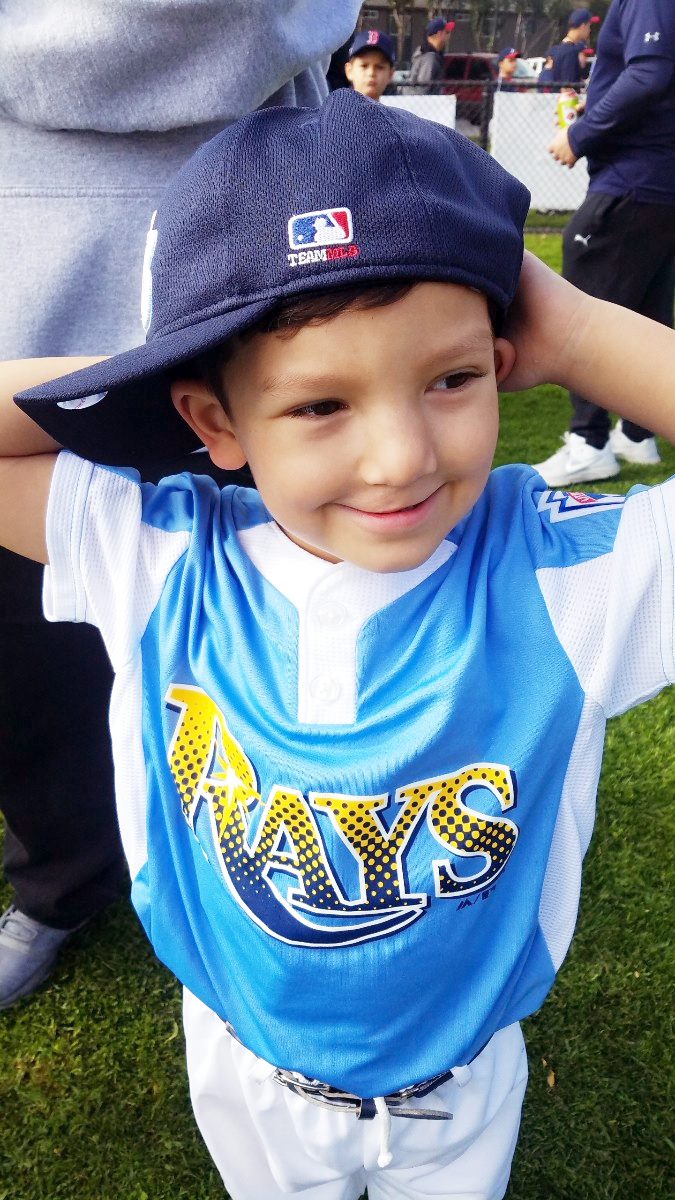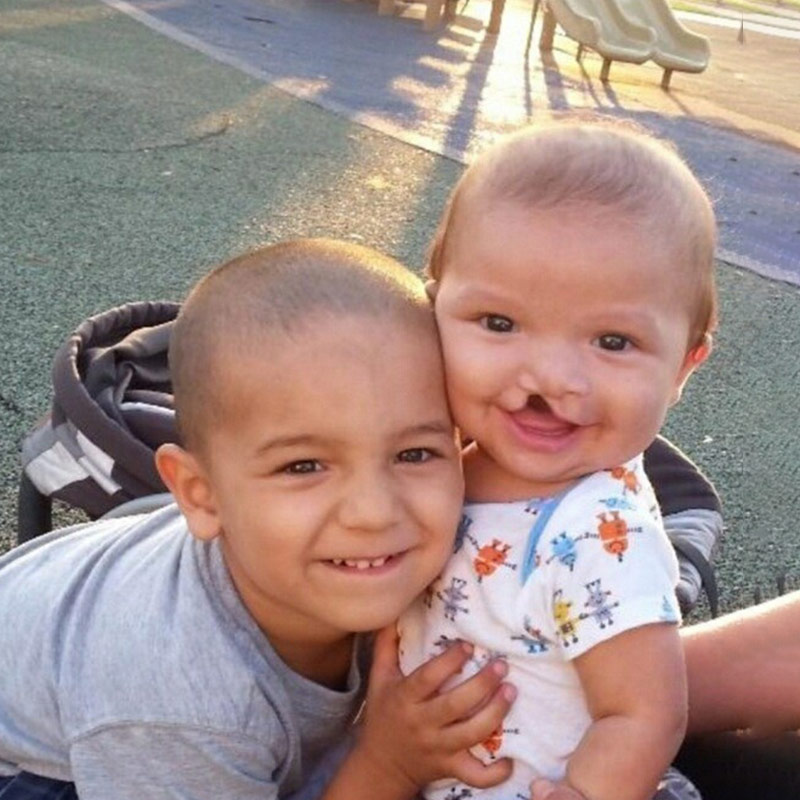During pregnancy, women usually receive two ultrasound scans, one during the first trimester to confirm due dates and the second at 18 - 22 weeks to confirm normal anatomy and the sex of the baby. Jessica Garcia was excited to welcome her second child Ian. But during her 18-week visit to her obstetrician, she received an update she wasn’t expecting. The ultrasound revealed that Ian’s mouth was not fully developed. His doctors suspected a craniofacial abnormality.
Craniofacial abnormalities are birth defects of the face or head. Some, like cleft lip and palate, are among the most common of all birth defects.
Correcting these defects can often mean multiple surgeries and a range of therapies over years – a journey that can be emotionally challenging for children and their families. Jessica turned to MemorialCare Miller Children’s & Women’s Hospital Long Beach to help her through this journey.
Miller Children’s & Women’s has a Craniofacial Program, part of its Stramski Children’s Developmental Center, that uses a team approach to determine a treatment plan that meets all of the child’s needs – both physically and emotionally.
Treatment is determined by not just one doctor, but a multi-disciplinary team of specialists consisting of a plastic surgeon, orthodontist, oral surgeon, pediatrician, audiologist, speech pathologist, pediatric dentist and geneticist. Cleft lips and palate are two birth defects that the team is able to determine prenatally. This allows us to help parents understand what their child’s condition is and prepare them for what is often a challenging road ahead.
During a baby’s development, body tissue and other cells form on each side of the head and grow toward the center to form the baby’s face. The lips form between the fourth and seventh weeks, while the palate forms between the sixth and ninth weeks.
A cleft lip occurs when the tissues responsible for forming the lips do not join completely before birth. As a result, a slit on the upper lip on either side mouth is present, and if large enough can lead into the nose.
A cleft palate occurs when the tissues that form the mouth do not join completely before birth leaving an opening in the roof of the child’s mouth. Cleft lips and palates don’t always happen together. On March 16, 2015, Ian was born with both a cleft lip and palate.
Children born with these craniofacial birth defects can have problems eating and speaking and can suffer from constant ear infections due to the lack of fluid drainage, which can lead to hearing loss.
Because of his prenatal diagnosis and support from the Craniofacial Program care team, Ian was eating on his own using specialized feeding bottles for the first few months of his life.
“He was so brave and strong,” recalls Jessica. “Ian was ready for his journey and with the assurance of Dr. Mathur and the team, I knew everything was going to be alright.”
At just 5-months-old, Ian underwent his first procedure to repair his cleft lip and place tubes in his ears to help properly drain fluid.
Over the next four years, Ian would undergo three more procedures, including the repair of his cleft palate, the replacement of new ear tubes, and the removal of his tonsils and adenoids. Ian currently is preparing for his fifth surgery that will be a second palate repair to improve his speech.
“Despite only being 5-years-old, Ian has learned to appreciate the care and commitment that has been given to him,” says Jessica. “He always brightens up my day and keeps me strong.”
Ian continues to work with Dr. Mathur, his speech therapists and other specialists to help him nullify some of the speech and eating concerns that result from his condition. At home, he loves to be with his big brother and play baseball.
“Going through something like this can be frightening at times,” says Jessica. “Having a team that treats your baby like a member of their own family is amazing. It makes you feel comfortable during a time that can be overwhelming.”

